Upright Piano to Wine Rack

by
Jon Brown-Schmidt
(IC: homeowner)
My mom's father bought this piano from a door-to-door salesman while they lived on their farm in Western Wisconsin. Apparently, as the story goes, he offered to sell it on an installment plan. They made the first payment and never saw the salesman again. They always wondered if it was stolen property.
About 10 years ago I took it thinking that maybe my kids would play the piano. Unfortunately, the piece was well out of tune and the cost to have it tuned was more than the piano was worth. Also, my kids decided to play other instruments.
The market is flooded with pianos like this. There is little needed anyone has for an out of tune upright. My mom was surprised I kept it rather than just junking it. Luckly, before I loaded 300lbs of piano into my car, my wife saw a picture of one converted into a wine rack.
About 10 years ago I took it thinking that maybe my kids would play the piano. Unfortunately, the piece was well out of tune and the cost to have it tuned was more than the piano was worth. Also, my kids decided to play other instruments.
The market is flooded with pianos like this. There is little needed anyone has for an out of tune upright. My mom was surprised I kept it rather than just junking it. Luckly, before I loaded 300lbs of piano into my car, my wife saw a picture of one converted into a wine rack.
So in all honesty, this is not the actual piano I used. I was so excited to get started, I totally forgot about taking pictures along the way. I found this photo on Google, the style is exactly the same, mine was just stained a slightly different color.
I did happen to take on picture mid way through the project. I completely gutted the piano down to its shell. In an attempt to retain as much of the piano as possible, what you see on the bottom half is actually the back panel and handles from the piano. Normally, that is the view you had if you looked at it from behind.
Here is the completed project.
The grain on this maple is my favorite part of this project. More than just visual, it has depth and texture. There is a natural crack in the wood where the tree must have tried to repair itself. I did not fill in those dark cracks, so if you run your hand over the top, the piece is smooth until you reach those cracks.
All the bare wood in this project is maple. From the start, my goal was to keep that all the same species.
I found a great use for some of the piano wires to keep the bottles in place.
This bottle rack is done by using the piano wire guides and the hammers to keep the bottles from coming out.
This rack is the music holder.
With 88 keys, I needed to find a place to use some of them.
Enjoyed the project?
Published June 7th, 2016 10:42 AM
Comments
Join the conversation
2 of 55 comments



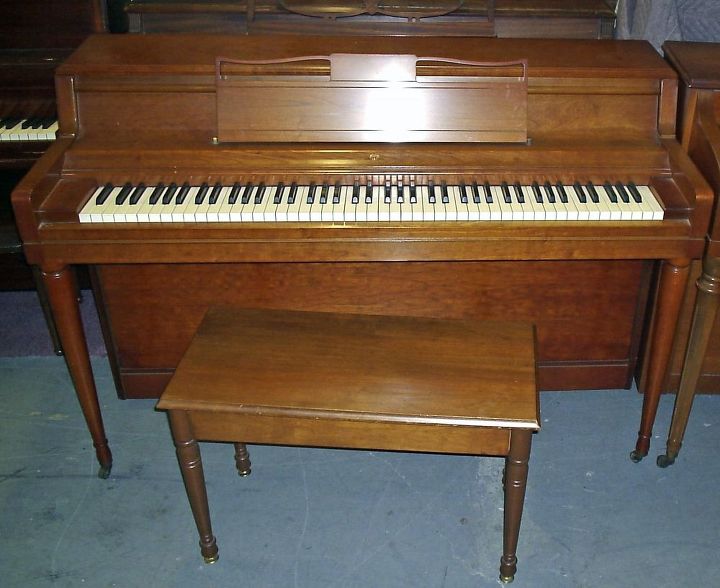








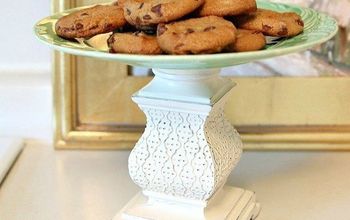
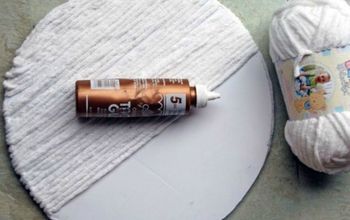



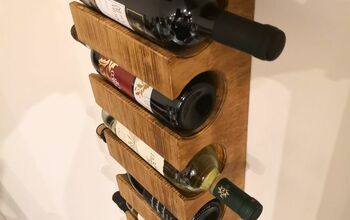
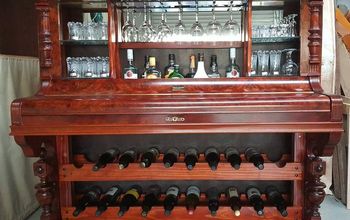
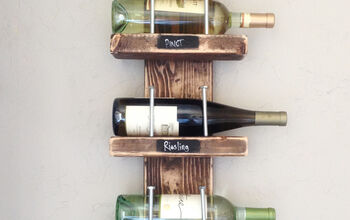
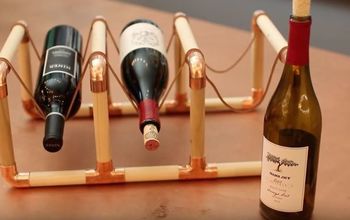
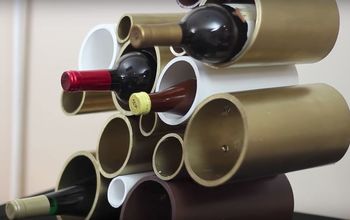
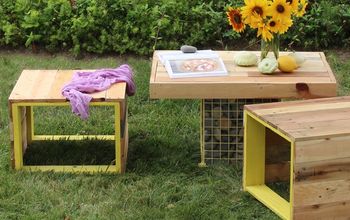
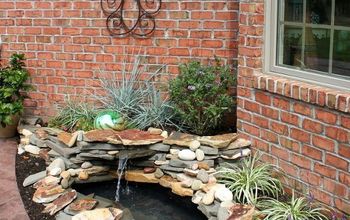
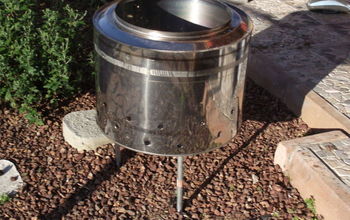
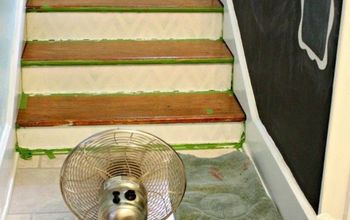
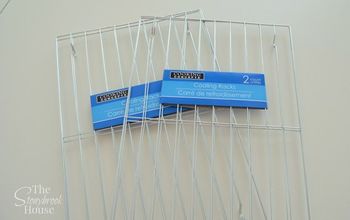
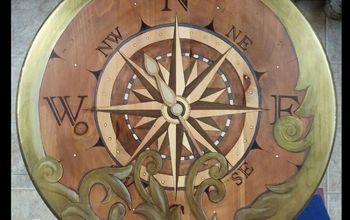
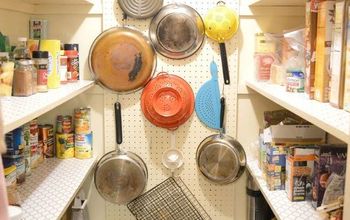
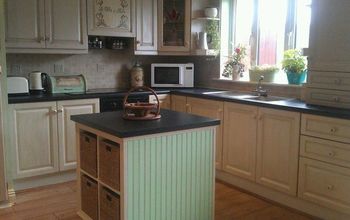
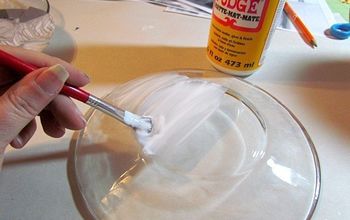
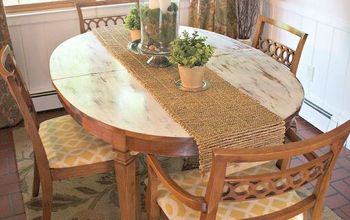
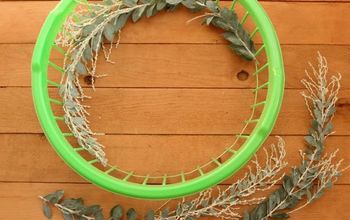
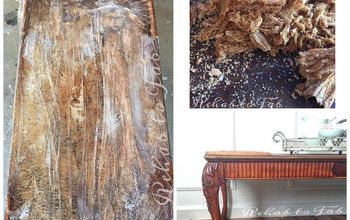
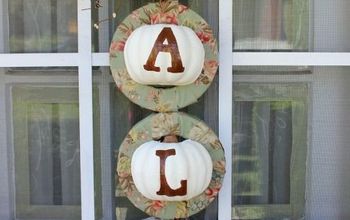
Frequently asked questions
Have a question about this project?